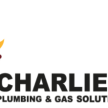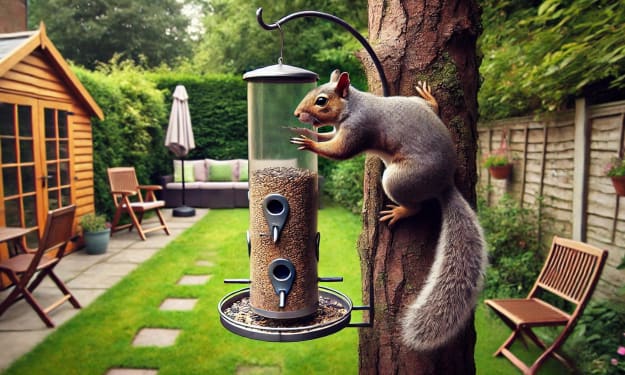Dos and Don'ts When Unblocking Household Drains
The following tips will help you know what to do and what not to do when unblocking household drains by yourself.

Every homeowner in Brisbane would eventually encounter a clogged sink or drain after years of use. Congestion could be caused by broken old pipes, or something stuck between the tubes. Some signs of this problem include drains that overflow, foul drain smells, gurgling noises coming from the drain, and high water levels in the toilets.
As any plumber North Brisbane would tell you, a clogged drain is a threat to your living space, as any unexpected influx of water can damage your ceiling, walls, or floor. This makes it important for you to resolve the issue as soon as possible. The following tips will help you know what to do and what not to do when unblocking household drains by yourself.
Steer clear of the following DIY hacks for clearing drains.
Coat hangers
Some of your neighbors may suggest unblocking drains with a coat hanger. The problem with this method is that hanger wire may not be strong enough to take away the debris, and the congestion may be too deep in the plumbing for the wire to reach. The coat hanger wire may also get jammed in the tubes, or break because of the obstructions, resulting in more problems than you initially had.
Chemical drain cleaners
There are plenty of compounds that claim to be effective in unclogging drains. Located in hardware stores and supermarket aisles, these solvents contain hazardous chemicals which pose a threat to your fixtures, plumbing system, the environment around you, and your health.
One of the best-selling drain cleaners is caustic soda, also known as sodium hydroxide. This substance is often used as a laboratory reagent, but some people use it to decongest their household drains because of its highly corrosive nature. Avoid using this compound, as it can melt your plumbing. If sodium hydroxide does not remove the blockage, it will add to it, and you risk irritating or even burning your skin while getting rid of it.
Natural and safe remedies for cleaning clogged drains.
The plunger.
Before contacting a plumber, give this old-school tool a try. The plunger is a practical and smart mechanism that sucks up any congestion in your drains and toilet bowls. While this DIY method has successfully cleared household drains for decades (after a few attempts), it will require some persistence and strength on your part.
Boiling water.
Making use of the universal solvent is one of the oldest tricks in the book. Fill a kettle with water and boil it. Slowly pour the boiling water down the drain in parts, waiting for 5-10 seconds before pouring again. The water will journey through the pipes, melting away any congestion. This DIY method is generally the easiest and quickest way to unclog a drain, and you already have all the tools you need at home!
Baking soda and salt.
When it comes to removing blockage from your drains, no DIY method is as natural as these kitchen cupboard essentials. Simply mix half a cup of baking soda with half a cup of salt, and pour the combination down the clogged drain or sink. Allow the mixture to settle for 20 minutes before pouring boiling water after it. All of these blended ingredients will trigger a chemical reaction which usually dissolves most stubborn clogs.
Baking soda and vinegar.
If the DIY remedy above was not effective, or there is no salt available, you can try using vinegar with baking soda instead. Mix a third of a cup of vinegar with a third of a cup of baking soda. The concoction will begin to fizz as soon as you blend the ingredients together, which means you must pour the mixture down the drain or sink immediately. Let the DIY remedy settle overnight for the optimal effect. Flush everything down with hot water the day after, and observe the results.
Cleaning the pipe.
This procedure for unblocking a sink is simple, but do not attempt this if you are not confident about dismantling a drain pipe. Put an empty bucket beneath the U-shaped tube under the sink. Loosen the nuts at the ends of the pipe with a wrench, and carefully take out the drain pipe. Put any dirt and grime in the bucket, and clean the pipes with an old toothbrush to fish out hidden debris. Finally, rinse the tubes with water, and reassemble the drain pipe. Your drain should be clear, and there will be no leaks if you carefully put everything together.
If all else fails, call a plumber.
If none of these DIY remedies worked, let a professional work on it. Some blockages can be caused by tree roots in your underground pipes, or some foreign matter in the drains. In these cases, only a fully licenced plumber will have the experience and technical knowledge to keep your drains working properly.
About the Creator
Enjoyed the story? Support the Creator.
Subscribe for free to receive all their stories in your feed. You could also pledge your support or give them a one-off tip, letting them know you appreciate their work.






Comments
There are no comments for this story
Be the first to respond and start the conversation.